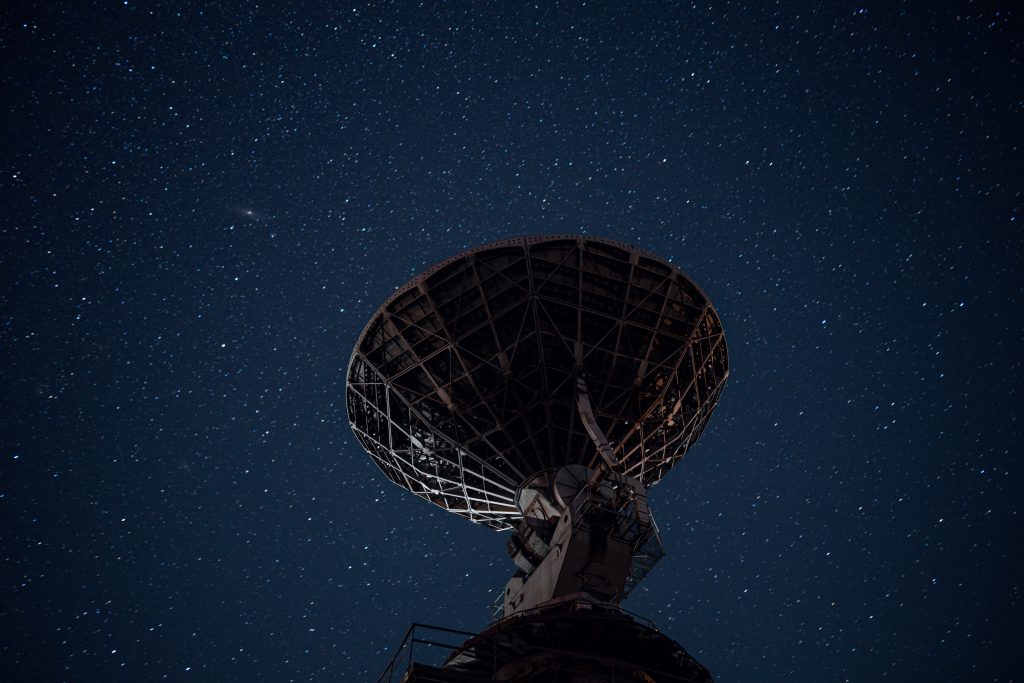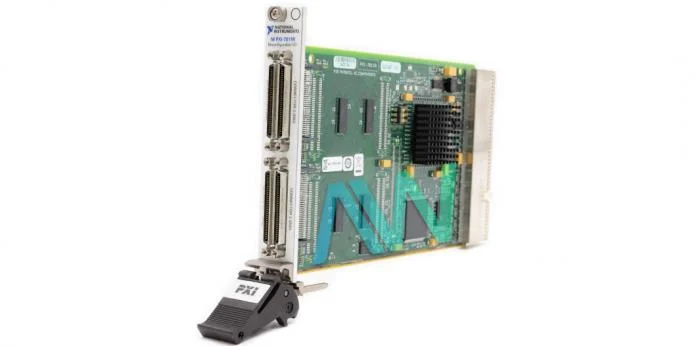In the world of aerospace engineering, some projects demand both ingenuity and innovation to overcome seemingly insurmountable obstacles. One such case involved an aging and failing beam steering controller (BSC) used in a flight-critical radar system. The task at hand was to replicate the intricate waveforms of this obsolete BSC, and time was of the essence, with just a few weeks to design and replace the critical component. In this blog post, we explore how a team of experienced engineers tackled this challenge, leveraging cutting-edge technology and a brilliant solution to achieve success.
The Challenge: Mimicking Outdated Waveforms
The BSC was an essential component responsible for focusing the thousands of elements in a radar antenna array into a single, narrow beam. However, the existing BSC was on the brink of failure and relied on outdated 9 VDC CMOS technology driven by PROM-based state machines. To make matters worse, the original equipment manufacturer (OEM) had gone out of business, leaving no documentation on the BSC’s operation or the contents of its PROMs. With the flight-criticality of the radar system at stake, engineers needed to devise a new BSC in record time.
The Solution: NI LabVIEW FPGA and Reconfigurable I/O Technology
Enter the National Instruments (NI) LabVIEW FPGA Module and NI reconfigurable I/O (RIO) technology. This formidable combination offered the team a powerful platform to create a BSC simulator and accurately analyze the original BSC’s function while emulating its complex waveforms. The project’s two-fold solution took flight with the determination to overcome obstacles and provide an unmatched engineering solution.

The first step was to capture the protocol and commands exchanged between the computer and the BSC. To achieve this, the team devised a custom “break out” cable for the parallel port interface, employing an NI DAQ Card configured as a logic analyzer. This setup effectively monitored and streamed all parallel commands to the NI computer’s hard drive, providing invaluable data for further analysis.
LabVIEW FPGA proved to be a game-changer. Within mere hours, the engineers utilized LabVIEW FPGA to create an emulator of the commands and protocol sent by the computer to the BSC. Remarkably, LabVIEW FPGA allowed them to import and use the captured data streams, even without a complete understanding of their intricacies. This opened doors to explore and manipulate the PROM-based lookup table and its associated data manipulation algorithm.
With an R Series module acting as a command/protocol emulator, the team gained 100 percent control of the BSC’s functionality, free from the constraints of the original computer system. By connecting the R Series emulator to the BSC’s inputs and a logic analyzer to its outputs, the engineers automated the process of sending every possible command/parameter combination and capturing the corresponding BSC outputs. This effort helped uncover the transfer function algorithm implemented within the BSC black box.
Equipped with the captured transfer function data and leveraging LabVIEW FPGA, the engineers swiftly created an emulation of the BSC outputs to the radar antenna array. To accommodate the required I/O counts, they deployed a pair of NI PXI-7811R R Series modules, an NI PXI-6529 DAQ module, and an NI PXI-8101 controller in an NI PXI-1042 chassis. This comprehensive setup effectively emulated the BSC’s parallel port to the computer system and outputs to the radar antenna array.

The final challenge involved boosting signal levels from the PXI-7811R to the 9 VDC CMOS levels required by the radar antenna array. The engineers meticulously examined the output driver chips on the original BSC and, after procuring those chips, created a circuit card connected to the PXI-7811R through the breakout cable.
With determination, expertise, and the prowess of NI RIO technology and LabVIEW FPGA, the engineering team successfully delivered a complete drop-in replacement for the original BSC. This replication functioned identically to the original BSC, without necessitating a deep understanding of its internal workings. The project, once daunting, had become a testament to the team’s resourcefulness and innovative spirit.
The tale of this flight-critical radar system project exemplifies the magic that transpires when skilled engineers unite cutting-edge technology with determination and creativity. Through the power of NI LabVIEW FPGA and reconfigurable I/O technology, the team navigated complex challenges and emerged victorious, providing a seamless solution for their customer. Such endeavors not only showcase engineering brilliance but also underscore the value of collaboration and innovative problem-solving in the aerospace industry.
The case study summarized in this post was originally published in 2016 and was co-authored by Craig Cornish and Tracy Walter.







